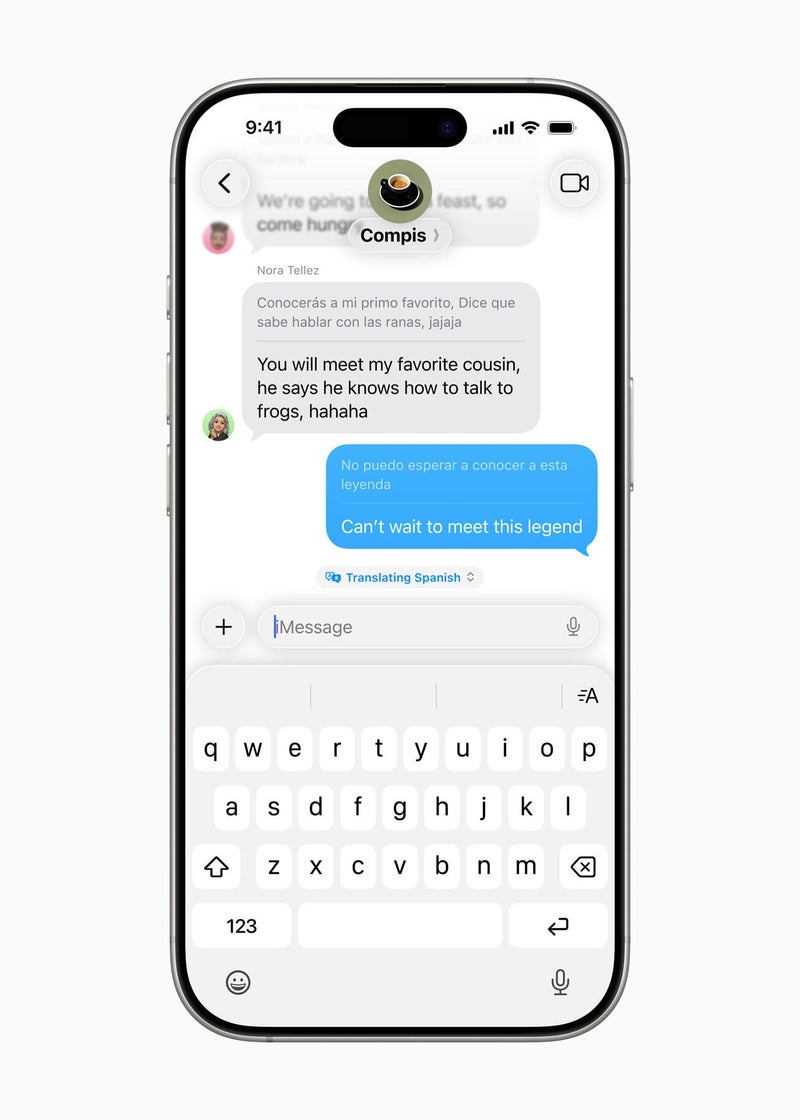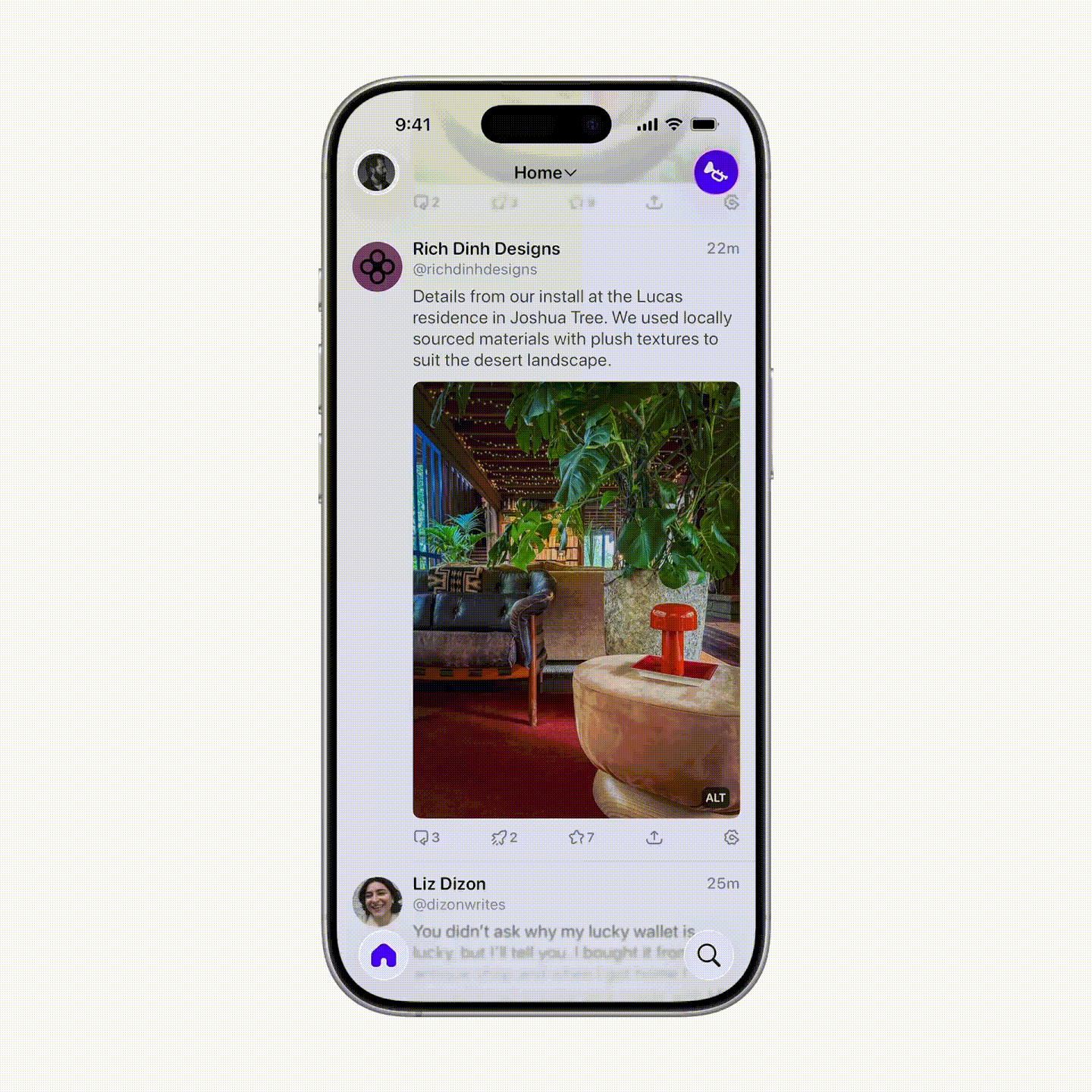Apple’s AI took a quieter yet smarter turn at WWDC 2025. AI features are now common at tech events, but Apple’s approach this year stood out for being more understated. Last year, Apple Intelligence launched, but its debut was far from smooth. Many features were delayed or missing, and instead of making a big splash in the AI space, Apple became a bit of a punchline. This time, Apple did things differently. 
Rather than diving deep into AI, they offered a more measured approach – and it might have been the right move.
Apple’s AI expansion this year includes support for eight new languages by the end of 2025, such as Danish, Dutch, Norwegian, Portuguese (Portugal), Swedish, Turkish, Chinese (Traditional), and Vietnamese.
In addition, Apple revealed several new AI-powered features designed to enhance user experiences across iPhone, iPad, Mac, Apple Watch, and Apple Vision Pro. One major highlight is the introduction of Live Translation, aimed at breaking down language barriers during calls and messaging. This feature is built into Messages, FaceTime, and Phone, and operates fully on-device to ensure privacy. It can automatically translate messages as you type and instantly translate replies. FaceTime supports live captions that show translations alongside the speaker’s voice
. On phone calls, translations happen in real-time.
This isn’t entirely new, as Google and Samsung have had similar features for a while now, like Galaxy’s Live Translate on the Galaxy S25 and earlier models.
Craig Federighi, Apple’s senior vice president of Software Engineering, explained, “Last year, we started building intelligence that’s helpful, easy to use, and respects user privacy. This year, the models powering Apple Intelligence are becoming even more capable, and we’re integrating them more widely across our operating systems.”
Along with AI features, Apple launched Genmoji and Image Playground, allowing users to create personalized emojis, customize expressions and hairstyles, and generate images in new artistic styles like oil paintings or vector art – all powered by ChatGPT. Everything stays private, with no data shared without user consent.
If emojis aren’t your thing, Apple also expanded its visual intelligence features. Now, you can interact with the screen itself, searching and taking action on what’s visible across apps. For instance, if you spot a chair you like, you can highlight it and search online for similar items. Visual intelligence can also identify events and suggest adding them to your calendar by pulling details like date, time, and location directly from what you’re viewing.
Apple also extended AI to the Apple Watch. The new Workout Buddy feature uses your workout data to offer real-time, personalized insights based on your heart rate, pace, distance, and fitness milestones. It delivers motivational feedback through a dynamic voice inspired by Fitness+ trainers. Workout Buddy works privately on your Apple Watch when paired with Bluetooth headphones and requires a nearby iPhone with Apple Intelligence support. It will initially support popular workout types like running, walking, cycling, HIIT, and strength training.
In addition to these major features, Apple Intelligence can now pull order tracking information directly from your emails and provide an overview. It can also suggest polls in group chats when it deems one necessary. There are more small AI tweaks across everyday apps, such as Reminders automatically categorizing actions from emails and websites, and Apple Wallet summarizing order tracking details from merchant emails.
For those waiting for a more personalized Siri, Apple made it clear that the new features would arrive later in the year. Personalized Siri is expected to come with smarter personal context understanding, improved on-screen awareness, and detailed controls for individual apps, though it won’t be available in the first betas of iOS 26, iPadOS 26, or macOS 26.
2 comments
The live translation thing is cool, but I bet it still has bugs. Gonna wait for the next update
lol @apple still trying to catch up to google and samsung 😂